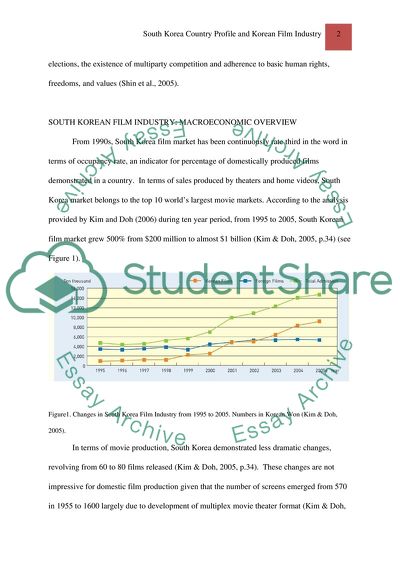Cite this document
(South Korea Country and Korean Film Industry Essay, n.d.)
South Korea Country and Korean Film Industry Essay. Retrieved from https://studentshare.org/visual-arts-film-studies/1738398-report-about-korea-country-profile-and-focus-on-korean-film-industry
South Korea Country and Korean Film Industry Essay. Retrieved from https://studentshare.org/visual-arts-film-studies/1738398-report-about-korea-country-profile-and-focus-on-korean-film-industry
(South Korea Country and Korean Film Industry Essay)
South Korea Country and Korean Film Industry Essay. https://studentshare.org/visual-arts-film-studies/1738398-report-about-korea-country-profile-and-focus-on-korean-film-industry.
South Korea Country and Korean Film Industry Essay. https://studentshare.org/visual-arts-film-studies/1738398-report-about-korea-country-profile-and-focus-on-korean-film-industry.
“South Korea Country and Korean Film Industry Essay”, n.d. https://studentshare.org/visual-arts-film-studies/1738398-report-about-korea-country-profile-and-focus-on-korean-film-industry.


